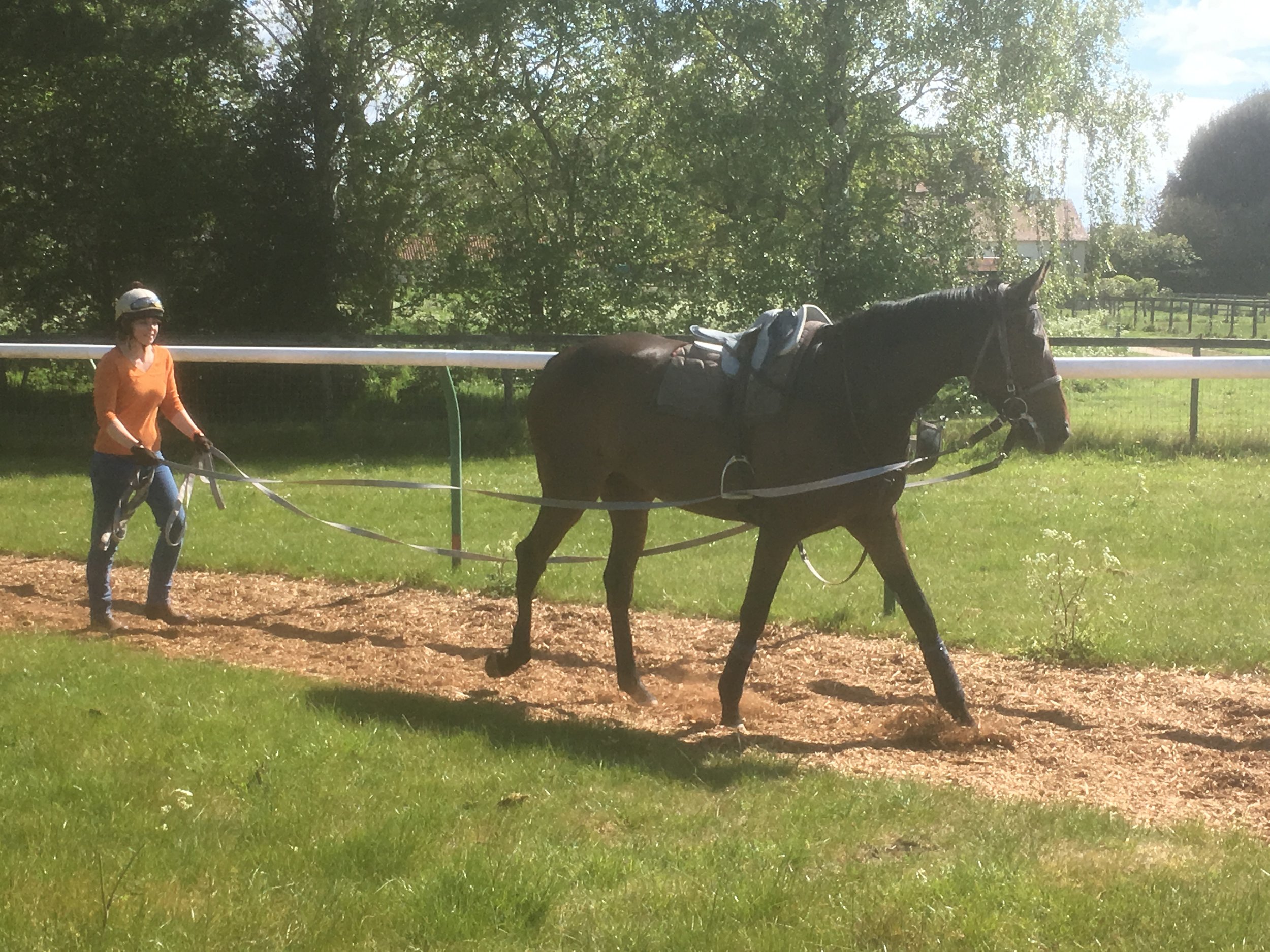Training yearlings: Schools of thought around the world
/Published in European Trainer - October - December 2017, issue 59
Click here to order this back issue!
Consider throwing a thirteen-year-old school child into a university environment straight from prep school.
Sights, sounds and influences that the young mind would struggle to compute; physical rigours on the sports field that would either disappoint the mind or cause physical damage. I cannot think of any parent that would choose this for their young adolescent. Yet we often do this to the young horse, plucking them straight from the sleepy pastures of their nursery into an environment that is measured upon its production of top-level runners. Perhaps we send them via the sales…an entrance examination of sorts.
When put like this it is clear that, as custodians of young bloodstock, we might consider a period of preparation during which the horse would be introduced to saddle and rider, taught the basic lessons that would allow it to fit into the programme of the trainer that its owner chooses, as well as a careful conditioning of the physical stresses that will be tested further upon its graduation to the greater strains that will be required to reach race fitness.
For the sake of this article pre-training will be considered to be the safe development of a young horse towards its first joining a trainer or returning from a break not enforced by injury, as opposed to rehabilitation. The American racing industry has the perfect phrase for this: Legging Up.
While there has been a constant growth in the number commercial pre-training yards in Europe over the last 25 years to satisfy a growing demand for this service, this is something that has been a long standing practice further afield, particularly in countries where there is stabling pressure at the racetrack or in metropolitan stables, not to mention numerous larger owners that have chosen to keep a greater part of the horse’s young career in their control by employing a farm trainer or establishing their own pre-training division.



